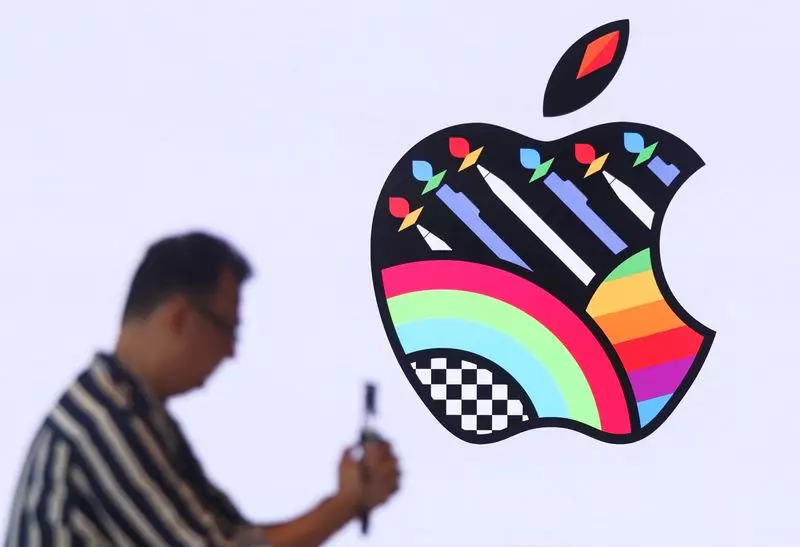In recent months, Apple’s foray into the Indian market has encountered significant hurdles as the nation’s antitrust authority, the Competition Commission of India (CCI), maintains its stance on an investigation that could redefine the tech giant’s operational landscape. The CCI’s persistent inquiry into alleged antitrust violations highlights the growing vigilance of regulatory bodies across the globe, particularly in rapidly developing markets like India, where Apple’s market strategies have come under scrutiny for potentially stifling competition.
The investigation at the heart of this scrutiny focuses on allegations that Apple misused its dominant position within the iOS app store ecosystem. According to findings from August, Apple’s practices may have negatively affected app developers, users, and other payment processors. Such claims are not merely technical; they point to a broader concern regarding market fairness and the safeguards necessary to foster competition. This investigation gained momentum after the CCI ordered the retraction of earlier investigation reports, which had been accused by Apple of revealing confidential competitively sensitive information about rivals, including the well-known dating platform owned by Match Group.
As the saga unfolds, the CCI’s refusal to pause its investigation illustrates a detachment from the pressures that large corporations might exert, demonstrating a commitment to uphold regulatory integrity over corporate interests.
Despite the mounting evidence, Apple’s defense has been robust yet formulaic, maintaining its inherent position as a mere market player in India compared to its more dominant Android counterparts, like Google. Such a narrative of victimhood often resurfaces in corporate responses to regulatory actions but raises questions about the inherent power dynamics in the tech industry. Apple’s appeal to the CCI to halt the investigation reflected its strategy to minimize scrutiny, arguing that the main complainant, the Together We Fight Society (TWFS), had failed to destroy previous reports as ordered.
This move, however, backfired; the CCI deemed Apple’s requests to withhold the revised report “untenable.” Such decisions underscore the necessity for adherence to regulatory frameworks and the role of two-way accountability in corporate dealings.
As the CCI pushes for compliance, it has requested that Apple submit its financial statements for the relevant fiscal years as part of the investigation process. This demand not only aims to shed light on Apple’s operational strategies but also indicates potential financial repercussions that could arise should the investigation yield unfavorable outcomes for the tech giant.
Beyond immediate monetary penalties, the ramifications of the CCI’s lawyering could extend to how international companies engage with emerging markets. Should Apple be found guilty, it could foreshadow a shift in how multinational corporations approach market entry, developer relations, and the nurturing of competitive ecosystems in technologically vibrant nations.
Apple’s ongoing conflict with the CCI represents a pivotal moment for both the company and global tech regulation. It serves as a reminder that emerging markets are increasingly willing to challenge established norms in pursuit of equitable competition. The outcome to this case will not only affect Apple’s operations in India but may also set a precedent for how technology companies navigate regulatory landscapes in the future, emphasizing that maintaining an edge in innovation must harmoniously coexist with fair competition practices.

